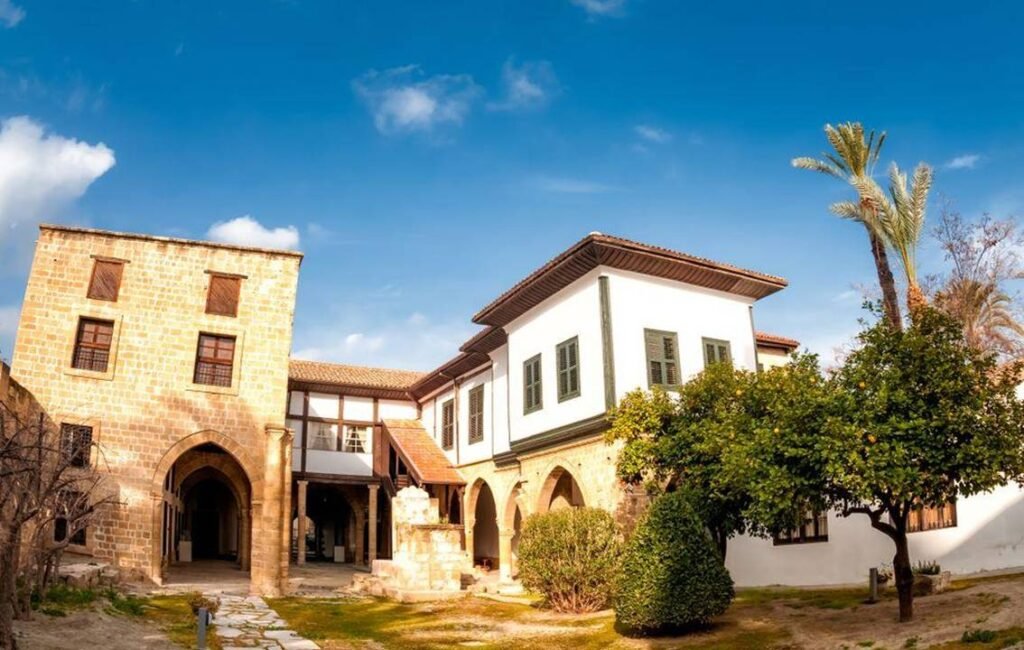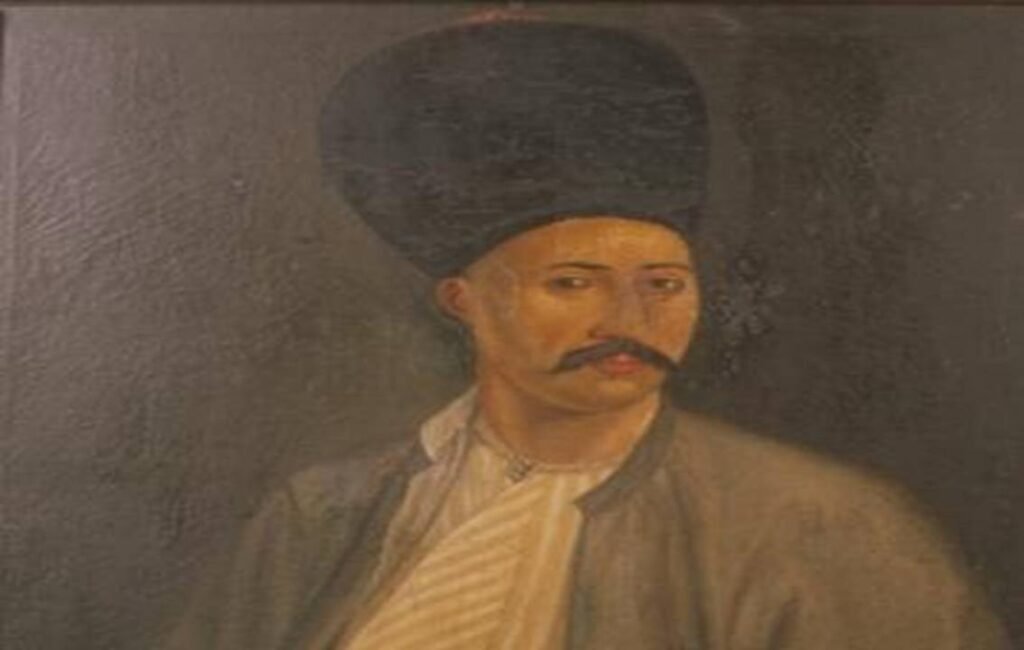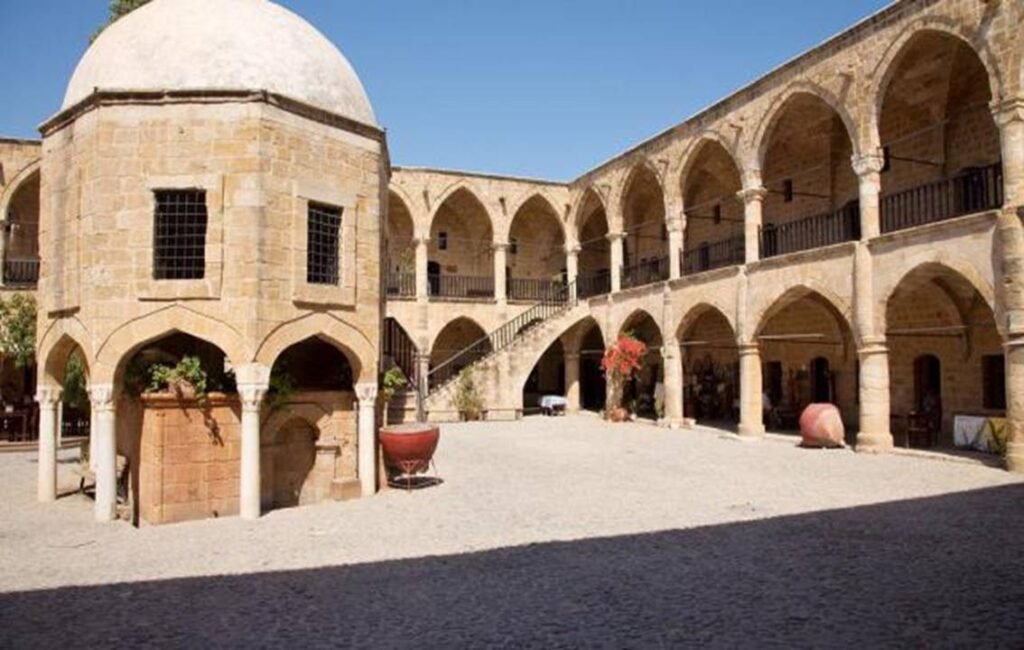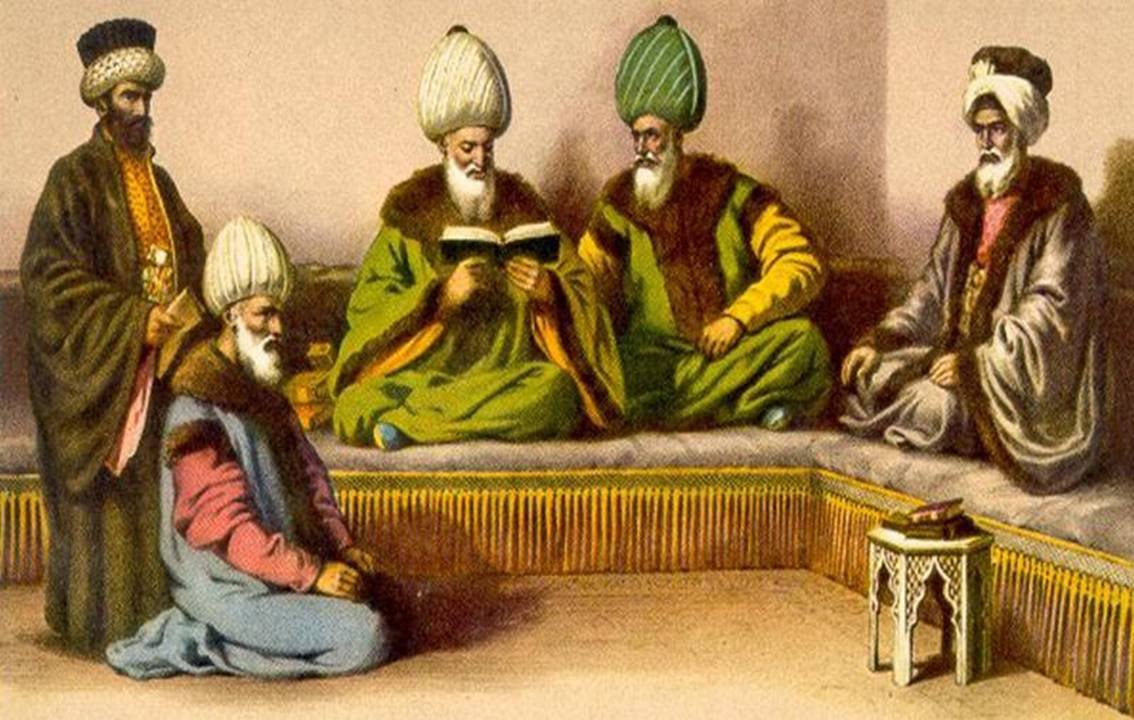SKILLED CULTURAL MEDIATORS & POLITICAL NAVIGATORS
WHAT IS A DRAGOMAN?
The Ottoman Empire at its height was vast conquering several lands and many peoples. As their empire grew, the Ottomans identified a need for local figures to mediate for the greater part of their administration. Local elder men, along with notable nobility, were allowed to advise, interpret, and semi-govern their local areas and with this the concept of the ‘Dragoman’ was born.
CULTURAL MEDIATORS
The term ‘Dragoman’ stems from the Arabic word ‘Tarjumān,’ meaning interpreter or translator. In the context of the Ottoman Empire, however, the dragomen played crucial roles that transcended to more than mere linguistic interpretation. They served as cultural mediators and political navigators. This facilitated a greater understanding between Ottoman authorities and the various ethnic groups that they encountered.
OVERLOOKED BY HISTORY
It can be said that the Cypriot Dragomen are often overlooked by history. Their role and importance, along with their impact on local society as well as their enduring legacy were integral to the Ottomans. The Cypriot Dragoman, along with the Mukhtar both hold a significant place in the history of Ottoman governance of Cyprus, with the latter still existing on the island today. The Dragoman in particular played a significant role in the Ottoman Empire’s rule over Cyprus. They served as a crucial link between the Ottomans and the local Cypriots in a rapidly changing socio-political landscape. Their ability to facilitate communication and understanding between both groups made them crucial to maintaining order and promoting economic development in Cyprus. While they faced challenges when balancing their loyalties, their contributions to trade, culture, and local governance left an indelible mark on Cypriot society as a whole.
A MELTING POT OF VARIOUS LOCAL ETHNIC COMMUNITIES
When the Ottoman Empire took control of Cyprus in 1571, they inherited a melting pot of various local ethnic communities. Amongst others, these included Greeks, Turks, Arabs, and Maronites. The notable affluent upper classes, as well as the landowners, were mainly of Greek descent and often acted as intermediates between each of these communities. Ottoman administrators immediately recognised this and installed these people as Dragomen. This meant that Dragomen were often selected from among the educated classes, who were typically of Greek descent because they possessed the necessary linguistic and cultural skills to navigate the varying complexities of governance that existed at this time. These affluent skilled individuals became indispensable to their rulers, becoming critical to their administration on the island.
NATURAL DIPLOMATS
The Dragoman’s role was often extended beyond mere translation of linguistics and cultural nuances. Their unique position as multicultural mediators often forged pathways for ongoing interactions between different ethnic groups in Cyprus, contributing directly to the island’s complex identity. They often had to interpret legal documents, negotiate trade agreements, and facilitate diplomacy. This required a deep understanding of both Ottoman culture and the local ethos, making them vital players in the complex game of governance. The Dragoman, as a result, became trusted advisers to local Ottoman officials, wielding considerable influence. They often held positions of power, helping to shape local policies that directly affected the local population. They were also responsible for local tax collection and maintaining peace between communities.
A CONFLICT OF LOYALTIES
They were also obliged to provide crucial reports about local sentiments towards local Ottoman officials in each area and although this helped to avert conflicts, it did often place them in the precarious position of balancing their local loyalty against their loyalty to the Ottoman Empire. Their knowledge of local legal customs and practices enabled them to advocate on behalf of their communities. This made them crucial to the administration of justice and local governance. This influence, however, came with challenges, and while dragomen could advocate for their communities, they had to fulfil the requests of Ottoman overseers that sometimes conflicted directly with local interests. This resulted in resentment in some local circles that viewed them as collaborators with an occupying power.
CRITICAL TO TRADE
Cypriot dragomen played an essential role in facilitating trade between Cyprus and the broader Ottoman Empire. They often acted as intermediaries for merchants, helping them navigate the complex bureaucratic landscape of the Ottoman trade system. They assisted in the translation of trade documents and contracts, ensuring compliance with Ottoman regulations. This role in commerce significantly affected the local economy, and by bridging the gap between local merchants and Ottoman bureaucrats, dragomen helped enhance trade and economic development in Cyprus. Their actions also contributed to the island’s integration into the Ottoman economic system, allowing Cypriot goods to reach markets throughout the empire.
A CONDUIT FOR CULTURAL EXCHANGE
The Dragoman was also a conduit for cultural exchange. They helped introduce various cultural practices, literary traditions, and artistic expressions from different regions of the empire. This exchange fostered cultural interaction that was mutually beneficial for all. Notably, the Dragoman often translated and disseminated Ottoman literature that included political treaties. These contributions paved the way for a more profound cultural synthesis, allowing local communities the opportunity to participate more fully in Ottoman political and economic life.
THE RISE OF NATIONALISM
The greater Ottoman Empire faced both internal and external pressures by the 19th century and with this, the role of the Dragoman evolved. The rise of nationalism among various ethnic groups, including the Greek Cypriots posed significant challenges for them. Many Dragomen found themselves in a compromising position and many were forced to choose a side. Some Cypriot dragomen covertly became prominent figures in the nationalist movements, using their position to advocate for Cypriot rights while navigating the complexities of Ottoman politics. This often made them emblematic of the struggles faced by ethnic minorities within the Ottoman Empire.
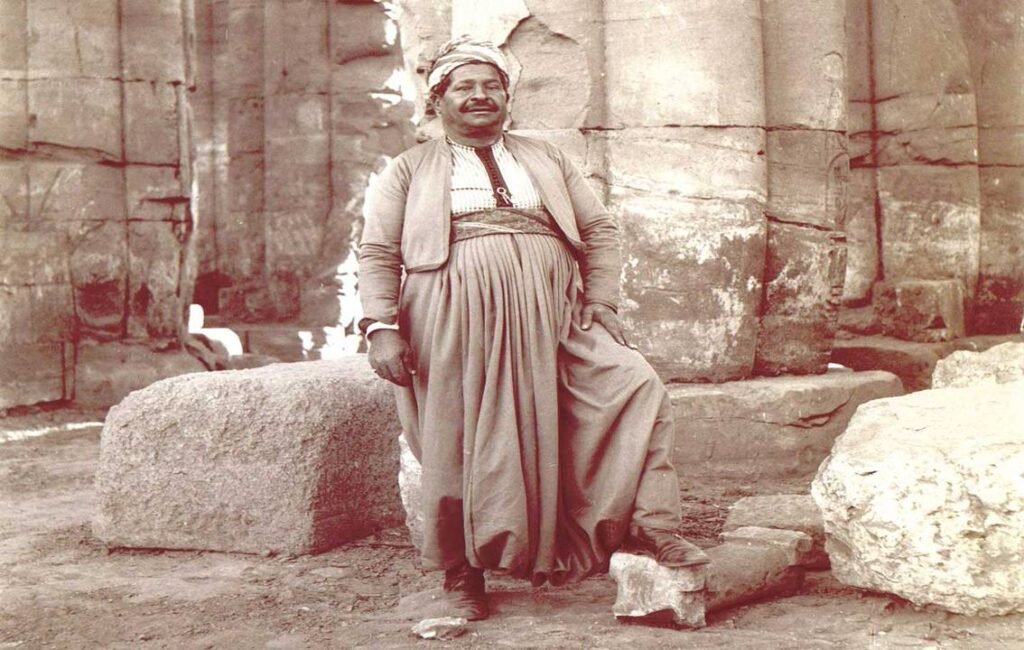

THE DRAGOMAN LEGACY
The legacy of the Cypriot Dragoman extends beyond its immediate role within the Ottoman Empire. As figures of cultural and political significance, they have left a lasting impact on Cypriot identity and history. Their contribution to trade, diplomacy, and cultural exchange is evident in wider contemporary Cypriot society. Following the decline of the Ottoman Empire and the subsequent British colonial rule that followed, the historical footprint of the Dragoman often persisted. Hadjigeorgakis Kornesios was one of the best-known Dragoman of Cyprus. He was one of the most powerful men on the island during late 18th-century Ottoman rule. His residence today, in the heart of Nicosia, is a museum dedicated to his life and works. The museum offers a unique perspective of history, politics and the life of a Dragoman.
